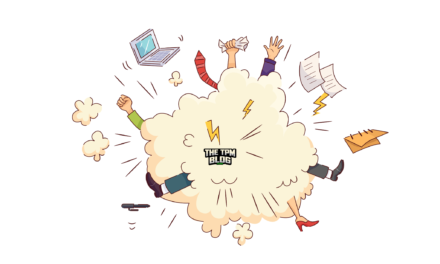Last updated on October 5th, 2024 at 01:02 pm
This post is about the various roles and responsibilities that are most commonly used in the Project Management world and how they are similar and what the differences are. This post is also to set the ground rules for the following post on the detailed analysis of Salaries for Program Managers in Seattle.
BSA (Business Systems Analyst)
This was predominant before the whole Scrum revolution took off. Now most of these roles are either a Program Managers role or Product Owners. The BSA was a Subject Matter Expert (SME). In a traditional world of monolithic systems The BSA knew one part of the system really well. He was an expert in business logic, knew his customers and their needs well. I still believe banks and several large institutions have BSAs what ever their name today might be. Business Analysts bridged the gap between business and the technology team. You can find a good write up here. http://agilemodeling.com/essays/businessAnalysts.htm
Project Manager
From what I currently am seeing in Seattle over the last couple of years, there is a movement from the traditional Project Manager to Program Managers. In the beginning it was hard to understand what this shift meant. Core technology companies are moving away from the title of a “Project Manager”. If you go on to indeed.com and search for Project managers your will see that the postings are from traditional orginations. Most of these companies who post requirements for Project Manager the opportunities are either not technology related or are following a PMP style of delivery for their projects. The more agile organizations are moving to a Program manager title and role.
PMO Manager
In general the PMO manager has all the project managers reporting to him and standardized the Processes, methodology and tools used throughout the entire organization. Standardized risk management.
ScrumMaster
There are fewer opening for full time scrum masters in general, however this is a new position and title. Primarily a Scrum master is to train team in using scrum effectively and build a high performing team to deliver in an iterative fashion. They also bring in the knowledge of various tools and techniques and pick up the best framework that would suite the team and organization. This has become more of a default requirement for all Program Managers to have a fairly good understanding of running Scrum Teams.
Program Manager (PGM)
Primary responsibilities are to understand the vision of the product from the product owner and then go on to sell the idea to his team and build a high performance team. Work with the team on their road blocks. Prioritise their initiatives and guide the team to build a greate, scalable product. Here is one of the very first detailed definitions of what a PGM ment which I read back in the day.. it was written back in 2007,eight years ago ! http://microsoftjobsblog.com/zen-of-pm/
Related read: Roles and responsibilities of Technical Program Manager
Lead Program Manager
A lead PGM is in most instances one level higher that a Sr.PGM. A lead normally has one or more PGMs reporting to them.
Principal Program Manager
In most instances a Principal PGM has all the PGMs in one business unit reporting to him. He is their functional manager, though he more often has projects of his own, he is functionally responsible for resources, tools, delivery of large initiatives. A Principal PGM is most often responsible for an entire Product or a significant feature.
Growth & Organizational Size
The size of the organization matters significantly to the type of growth you may have. Take the analogy “Small fish in a big pond or a big fish in a small pond”. Generally in a smaller organization you have more opportunities to wear multiple hats try different things be exposed to different facets of your organization.
In a larger organization a PGM most often is a specialist in a very small area but has the option to move to various teams. For example the reviews feature on Amazon.com might have several PGMs. You can now envision how specific a PGM’s role in a large Tech organization would be.
In a smaller organization you are more often wearing different hats. There normally is a lot of opportunities to take on new initiatives, from driving UX or Mobile Development or market research. It all comes down to how much you can handle and what interests you. In smaller organization is that growth may vary, depending on the growth of the organization itself. If the organization is in its growth spurt there will be lots of opportunity and will require you to innovate. But Vertical growth is most definitely limited as there are fewer leadership and executive roles in a smaller organization.
Roles & Responsibilities Differ by Company
Roles and responsibilities do differ from organization to organization. A program manager’s role is dictated by the needs and culture of the organization. So before joining a team it’s always good to ask in detail who is responsible for the vision, who makes the final decision on what the product is going to look like.
From an organizational perspective it is important to understand the value you as an individual add to the organization. What are your strengths ? How can you deliver better products or services which scale and do it in an efficient manner.
What makes you Tick?
Is it the money, is it the people, is it the technology .. the perks or is it something else ? Of Course in the real world more often than not titles don’t matter. What matters is if you are happy with the work you do. If you love the work you do and the people you work with then that makes all the difference in the world.
As I mentioned earlier it all comes down to understanding your strengths, weaknesses and what your wants and needs from a career perspective are.
Good luck my Friends !!
Looking to Ace Your Technical Program Management Interview?
Learn what to expect from a technical program manager’s job and how to make it as a TPM at FAANG Companies.

















